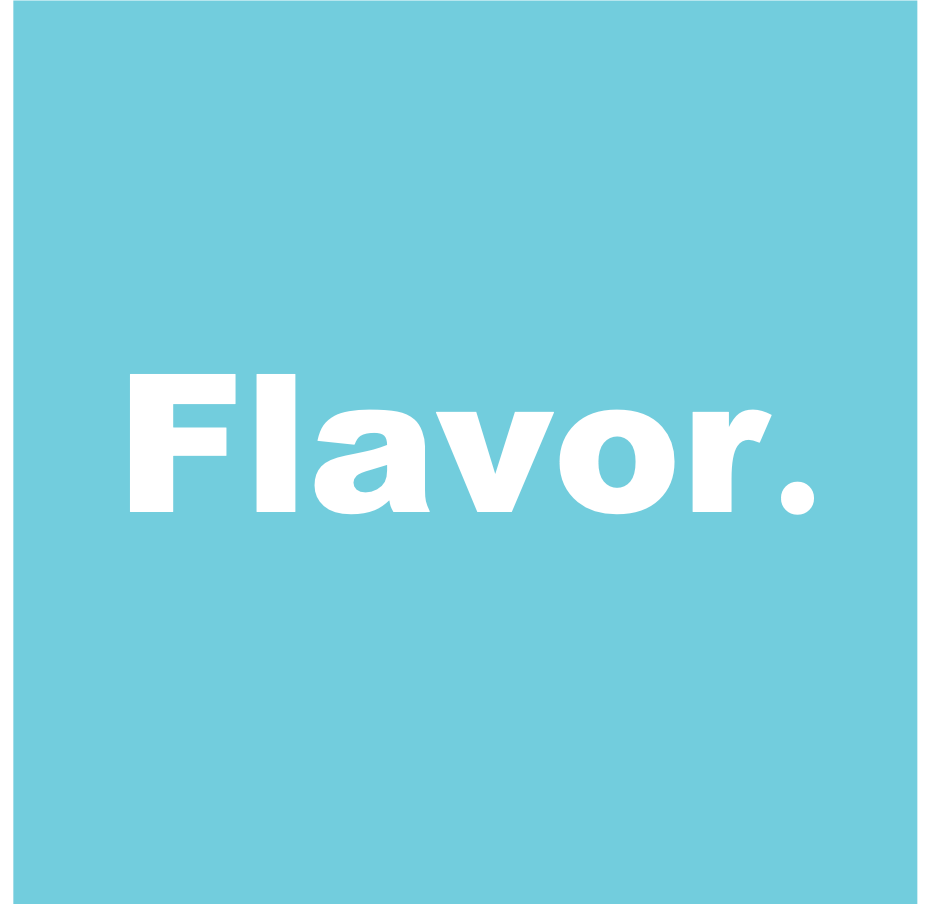Brand to hand or brand to home?

What is the next evolution of Product Sampling?
Sampling has long been established as one of the most effective ways of getting consumers to trust in the taste, usage and application of FMCG & Beauty products. Despite its obvious benefits though, in modern marketing, Brands often questioning its level of targeting & relevance as well its relatively high cost per touch compared to other marketing channels.
Alongside these issues, also come environmental concerns about the litter and waste that are an unfortunate but inevitable output from traditional ‘Brand to Hand’ sampling campaigns.
These concerns have sparked a recent revolution in the sampling industry, with multiple emerging sampling techniques coming to the fore – attempting to solve some of these long-standing issues – by delivering samples directly to people’s homes rather than in public, and high-footfall locations.
There will always be the argument, and rightly so, that the most impactful form of sampling will always be in person as it creates engagement and the optimal experience to trial a sample.
So are these new techniques just passing trends or useful additions to the ‘Sampling Spectrum’ that will challenge the status quo for traditional sampling agencies?
To discuss this, we have taken a look at three emerging sampling techniques, and compared their pros & cons alongside traditional Brand to Hand Sampling:
Social Sampling
Social Sampling has tried to solve the issue of audience wastage by taking to social media…
Through intelligent use of social media’s ad-targeting tools, you are able to serve lead ads to products’ target audience. This means that brands can narrow down and focus on exactly the people that they want to talk to. Consumers fill in their details if they are interested in a free sample and the sample is sent direct to their door.
This targeted approach is extremely effective in minimising wastage (both audience and litter). However, it can potentially limit the opportunity to gain new customers compared to Brand to Hand – as consumers have to self-select the product which can result in a natural skew towards existing brand awareness.
However, by collecting consumer data (at the point of claiming a sample) Social Sampling also offers a more effective measurement methodology than Brand to Hand (using follow up surveys to emails and local sales tracking based on postcodes) to accurately quantify the impact of a campaign. The value attached to the data collecting for remarketing purposes gives Social Sampling added depth as an offering.
The cost of Social Sampling is the most significant consideration for brands, as rather than building a tourable asset and delivering thousands of samples at a time, you have to fulfil, package and deliver each individual sample.
On top of this, you also have to consider the Social Advert cost to reach the audience in the first place – something that is not an exact science to estimate.
Despite it likely being a more expensive cost per sample (CPS) the ability to target effectively will ensure that the quality of each sample is significantly improved compared to Brand to Hand.
Community (Subscription) Sampling
A derivative from product subscription models, Community Sampling relies on pre-built networks of individuals who either purchase or exchange their feedback & reviews for a regular box of treats tailored towards their interests.
There are dozens of Community Sampling options in the UK market alone, with a plethora of specialisms and niches (health, beauty, booze etc.) and good data on their audiences. However, the variety of options and crowded market place means that it is difficult to define which option is the best for a specific product.
One of the key benefits of Community Sampling (compared to Social Sampling) can be cost. The cost of packaging fulfilment and distribution is shared between multiple products, spreading out some of the fixed costs to drive efficiency. Th CPS still won’t reach the levels of efficiency of a well-run Brand to Hand campaign, but when you take the relevance of the audience into account it is definitely comparable.
However, a major consideration is that you are sharing the limelight with other brands and products which will share a box with your product. These will always try to be complimentary & non-competitive brands, but can dissolve some brand equity.
Ultimately Community does offer better targeting than Brand to Hand sampling, as you know exactly who you are sending your product to, and you can encourage sharing and reviews as there are established comms already set up. However, the audience is relatively small and not particularly varied – so there would be difficulties when trying to scale a campaign.
Send Me A sample
Perhaps the most revolutionary example of new age sampling, Send Me A Sample uses the functionality of voice assistants (Alexa or Google Assistant) to request a sample.
Much like Community Sampling, consumers need to be pre-registered on the Send Me A Sample platform to be able to receive free goodies – and this is the major limitation with this method at present.
Until they have built their community, the sampling method relies on incorporating a prompt into existing marketing campaigns (mainly ATL) to sign up and ask for a sample.
Send Me A Sample has caused a stir in the sampling community because it is seen as an innovative & technologically focussed solution to deliver sampling campaigns.
However, opinion is divided in its effectiveness amongst Brands and Agencies alike.
Whilst it is seen as a major step forward in the use of technology to deliver targeted samples, it is significantly more expensive than any other sampling method, doesn’t deliver a level of engagement near Brand to Hand, and completed campaigns have delivered minimal samples to date.
As voice assistants become more prevalent in homes, and every day use, this method is sure to grow at speed, and with it its efficiency of delivering a competitive CPS.
A Sampling Evolution
Stepping away from the norms is a necessity in evolution, and only time will tell which of the new species of sampling will thrive and which will fall by the way side. For the mean time though, they are challenging and pushing forward the way that brands and agencies view and use sampling.
Flavor. Ltd. is an Integrated Sampling Agency. We curate the perfect mix of sampling techniques to deliver optimal results for every campaign. Integrating all elements under one house to drive efficiencies in Targeting, Relevance, Measurement and ROI
We plan, execute & measure sampling campaigns built from a blend of tools, methods and techniques – including the ones mentioned in this blog:)
To find out more about Integrated Sampling or to find out more about this blog, give us a call or drop us an email at the below…
Email: info@FlavorSampling.com
Tel: 07977 148 784
